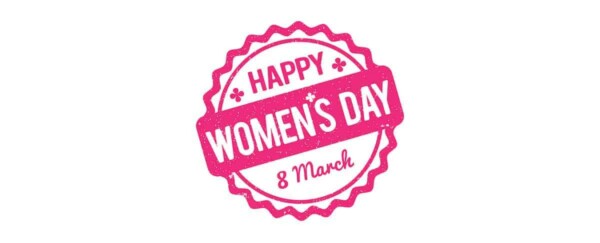“Why Women Engineers are Uniquely Qualified to Lead” is written by Mary E. Kinsella and was featured originally on marekinventures.com.

Because you are a woman and an engineer, you’ve already beaten the odds. And when it comes to leadership, you already have an advantage. The fact that you completed engineering school and have that degree means that you have what it takes. Bias and inequity notwithstanding, this advantage will carry you head-on into the challenges leaders are facing now and into the future.
Not too long ago there was a study done about women in the workplace, investigating the gender gap at higher organizational levels. An article in the Wall Street Journal summarized the findings, including, surprisingly, that “it’s early in many women’s careers, not later, when they fall dramatically behind men in promotions.” They found that “entry-level women tend to get hired into jobs with limited upward mobility.”
Recommendations abound for what women can do to more quickly move into leadership. And, as discussed in an accompanying WSJ article, there are remedies to systemic issues as well. But rather than get into all of that, I’d simply like to point out that, as a woman and an engineer, you have an edge. And while it is important that you always work at growing and improving, it is imperative that you realize what you already have going for you. Put those strengths to work for you now, and avoid that initial setback from the get-go.
What got you to this point is more than math and science proficiency. Overcoming the difficulties stemming from bias and negative expectations is no easy task. And even if you faced little of that, you still had to adapt to a culture largely shaped and dominated by men. This takes strength, steadfastness, and drive. There is so much more beyond math and science skill that you’ve created and developed.
For example, in your desire to make the world a better place, you’ve built vision, resolve, open-mindedness, and a willingness to learn and grow. To find your way to belonging and contribution, you’ve adapted and endured – if not at school, then perhaps on the job – through exclusion, inequity, and stereotype.
To bring yourself fully into the world and work of engineering, you’ve created what hasn’t existed before: richer connection to colleagues, leaders, clients, and competitors; ways to communicate that build teams, open possibilities, and find solutions; entirely new approaches that incorporate a feminine perspective; and novel styles of leadership and problem-solving.
In her recent book, Dare to Lead, Brené Brown gives examples of what she calls “armored leadership” that emerged from her research. These are ways of leading with “armor” on, that is, with more ego and less heart. In response to each example, she provides a “daring leadership” alternative. These are ways of leading with wholeheartedness and vulnerability, leadership that embraces empathy, self-compassion, and resilience and results in critical thinking and better decision-making.
The strengths that you have as a woman engineer lend themselves well to daring leadership. For example, “Modeling clarity, kindness, and hope” instead of “Hiding behind cynicism” and “Cultivating commitment and shared purpose” instead of “Leading for compliance and control” show alternatives that mirror some of the tendencies women have to be connecting and collaborative. Moreover, “Being a learner and getting it right” instead of “Being a knower and being right” and “Straight talking and taking action” instead of “Zigzagging and avoiding” show alternatives that mirror some of the tendencies that engineers have to be ethical and innovative problem solvers.
What women bring, combined with the experiences in engineering school and work prepares them not only to lead, but to forgo armored leadership for the daring leadership that is so needed today. Some of our biggest leadership challenges now are open to you, such as, leadership for diversity, inclusion, and equity; leadership for the understanding and spread of antiracism; and leadership to rebuild a post-pandemic world. What you bring as a woman and an engineer is indomitable.
Wherever you are, you are uniquely qualified to lead. You are going to help carry us into a better future. Remember that you are a woman and an engineer, and you’ve already beaten the odds.
Related Content:
- Future Leaders In STEM: Professor Sue Black
- Podcast: HP Podcast Series #3- Transforming HP Over Nearly 3 Decades
- Help SWE Better Serve Women of Color
Author
-

Mary E. Kinsella, Ph.D., F.SWE, is a coach, consultant, and writer, helping women engineers and scientists enjoy impactful careers with ease and confidence. She blogs at www.marekinventures.com.






